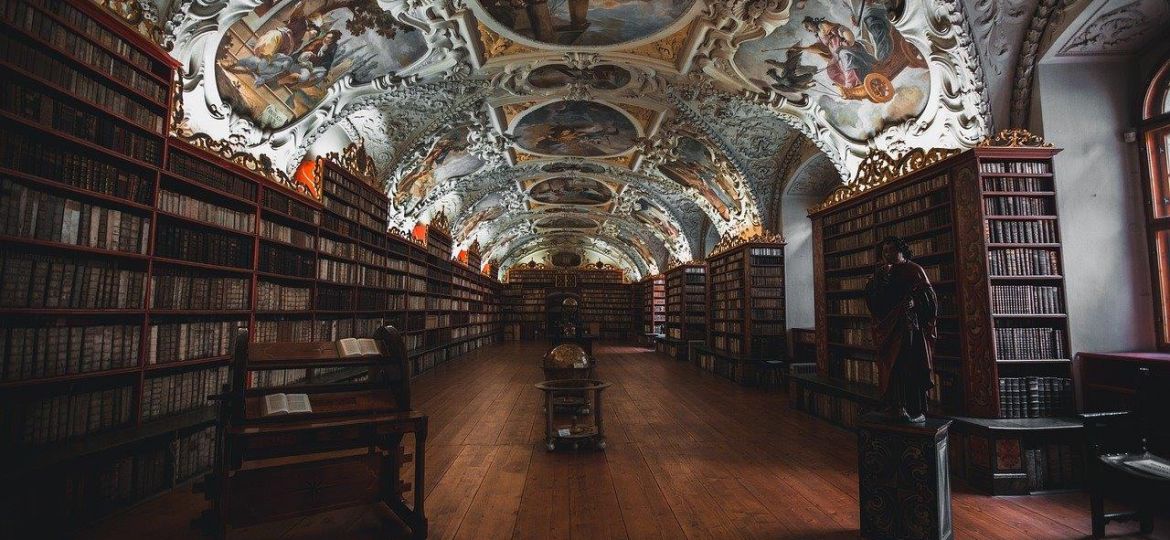
In the world of art and heritage conservation, imaging technology is playing an increasingly crucial role. At a time when heritage digitization is becoming essential to preserving our cultural heritage, high-definition imaging is emerging as a significant breakthrough. Enabling us to capture the most minute details of works of art, it is opening up new perspectives on how we preserve, explore and appreciate the world’s artistic heritage.
Imaging reveals the hidden secrets of works of art
One of the main contributions of imaging to art is its ability to reveal the invisible. Through techniques such as infrared imaging, radiography and fluorescence, curators and researchers can explore works of art from new angles, revealing hidden details and underlying layers not visible to the naked eye.
These discoveries can often provide crucial information about the artist’s creative techniques, sketches, changes made to the work over time and even works hidden beneath the visible surface. Viewers can thus follow the artist’s path and creative process, his motivations and intentions from the initial conception to the final realization of the work.
Preservation and conservation in high definition
In addition to its ability to reveal the secrets of art, imaging is also an essential tool for the preservation and restoration of artistic heritage.
Thanks to high-resolution cameras and advanced digitization techniques, conservators can capture detailed images of works of art, revealing valuable information about their composition, state of conservation and history. Every brushstroke, every nuance of color and every crack can be documented with incredible precision, preserving the authenticity and integrity of the works for future generations.
These techniques also make it possible to document their current condition and monitor any deterioration over time, detecting damage invisible to the naked eye, such as cracks, chemical alterations and signs of decay. In this way, curators can identify hidden or damaged elements requiring special attention. This in-depth understanding then enables informed decisions to be made on conservation and restoration methods, aimed at the long-term preservation of artistic heritage.
art without borders
High-definition imaging is revolutionizing the accessibility of art, offering a new dimension to its exploration. Thanks to the Internet and online distribution platforms, works of art digitized in high definition are now accessible to a worldwide audience, from the comfort of their own homes. This global accessibility truly democratizes art, enabling everyone, regardless of their place of residence or physical ability, to explore and appreciate humanity’s rich artistic heritage. By eliminating geographical and social barriers, high-definition imaging offers everyone the chance to immerse themselves in the world’s cultural and historical diversity.
